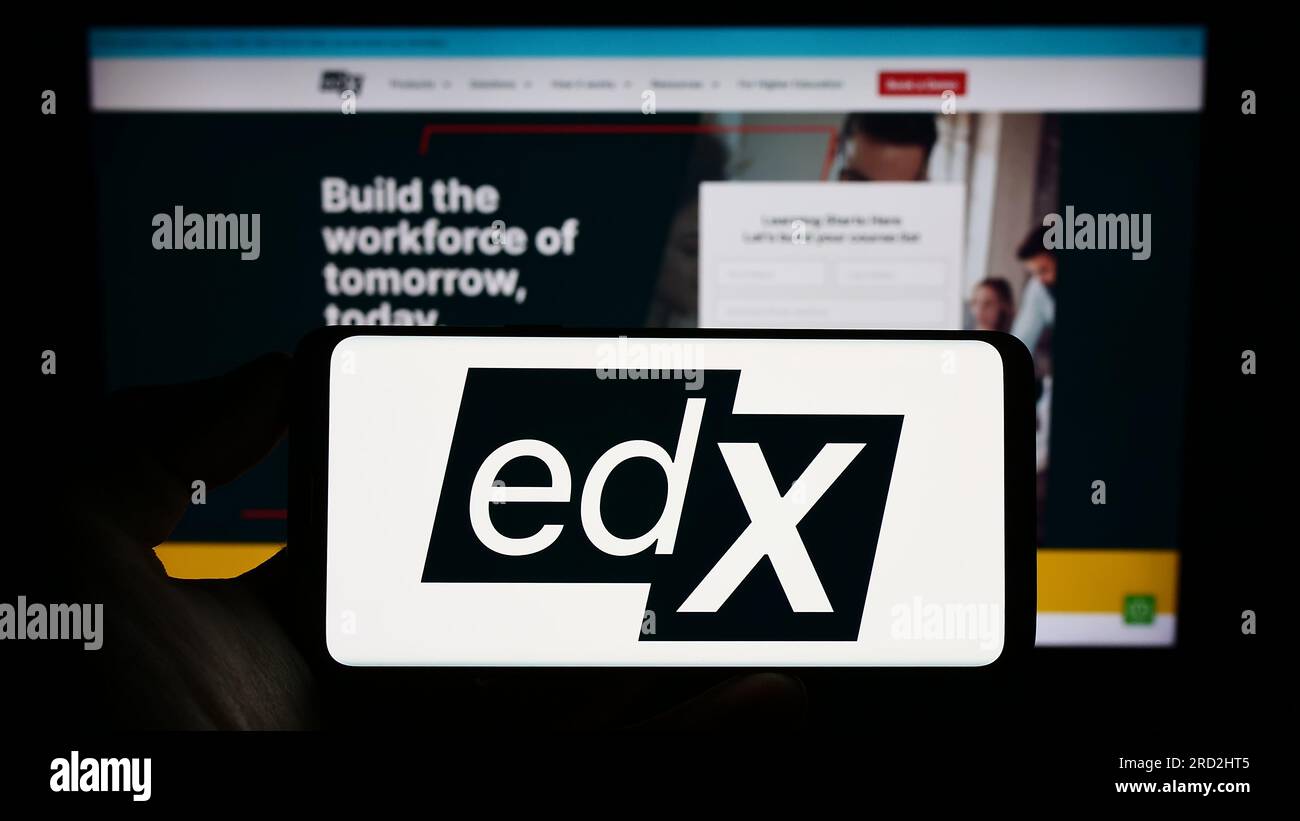In a world buzzing with predictions about the rise of artificial intelligence, few figures stand out like Jensen Huang, the billionaire CEO of Nvidia. Recently, during Nvidia’s AI Summit, Huang provided a refreshing perspective on the fears surrounding AI potentially replacing human jobs. In a striking assertion, he claimed, “As we speak, AI has no possibility of doing what we do.” His statements invite us to explore the nuanced and often misunderstood relationship between AI and the workforce.
Here's ads banner inside a post
/indianstartupnews/media/media_files/lvguo8P0I5jMscXOOFLx.png)
The Numbers Game
Huang offered compelling statistics to underscore his point: AI can enhance productivity by performing 20% to 50% of certain job functions up to 1,000 times better than a human. While this sounds impressive, it paints a picture of AI as a tool that complements rather than replaces human effort. Rather than a threat, Huang envisions AI as an assistant that empowers workers to be more productive and efficient.
Contrary to his views, a recent survey conducted by edX revealed that nearly half of executives believe AI should replace most, if not all, of their jobs. Huang stands out as an anomaly in this environment of uncertainty, firmly declaring, “Absolutely not,” when asked if AI could take over his role as CEO. His confidence reflects a broader understanding of AI’s limitations, suggesting that while it can automate specific tasks, it cannot replicate the full spectrum of human cognition and creativity.
Here's ads banner inside a post

The Reality Check
This discourse on AI leads us to consider the broader implications of its integration into the workforce. Huang’s assertion aligns with a common refrain heard across various sectors: “AI won’t replace your job, but someone who knows AI will.” This sentiment has been echoed by leaders in diverse industries, emphasizing the necessity for workers to adapt and evolve alongside technological advancements.
Here's ads banner inside a post
Huang’s argument resonates particularly well in light of research from the Massachusetts Institute of Technology (MIT). According to their findings, only 23% of jobs exposed to AI computer vision could be cost-effectively replaced by AI systems. This statistic suggests that, despite the rapid development of AI technologies, their economic viability remains a significant hurdle. Neil Thompson, a researcher at MIT, noted that while AI has the potential to replace certain tasks, “it’s not going to happen immediately.” His insight emphasizes the need to consider the economics of implementing AI systems rather than succumbing to alarmist headlines about robots taking over jobs.

AI: A Work in Progress
Huang’s analysis of AI’s current state reveals a crucial truth: many AI systems are still “underbaked.” Innovations in AI technology, such as chatbots, often face challenges including “hallucinations” and errors. Pat Gelsinger, CEO of Intel, echoed this sentiment at the World Economic Forum, pointing out that while AI systems can think quickly, they lack the reasoning necessary for reliable decision-making. Gelsinger stated, “Today our systems hallucinate; tomorrow, if we’re going to use them broadly, they have to be right.” This acknowledgment of AI’s limitations raises questions about its immediate application in high-stakes environments.

Moreover, Huang argues that the real risk lies not in AI itself but in the individuals who harness AI tools to enhance their productivity. As he articulated, “The person who uses AI to automate that 20% is going to take your job.” This statement highlights a pivotal shift in the workforce dynamic, suggesting that workers who leverage AI will gain a competitive edge, while those resistant to change may find themselves left behind.

The Human Element
Ultimately, the conversation around AI’s role in the workforce should also consider the irreplaceable aspects of human labor. Creative problem-solving, emotional intelligence, and the ability to navigate complex social dynamics are traits that AI cannot replicate. Huang’s vision of AI as an assistant emphasizes the importance of collaboration between humans and machines, fostering a future where technology enhances human capabilities rather than diminishing them.

As we look ahead, it becomes clear that the future of work will not be defined by an “AI versus humans” narrative, but rather by a partner Jensen Huang ship that maximizes the strengths of both. AI can streamline repetitive tasks, provide data-driven insights, and facilitate decision-making, allowing human workers to focus on innovation and strategic thinking.


